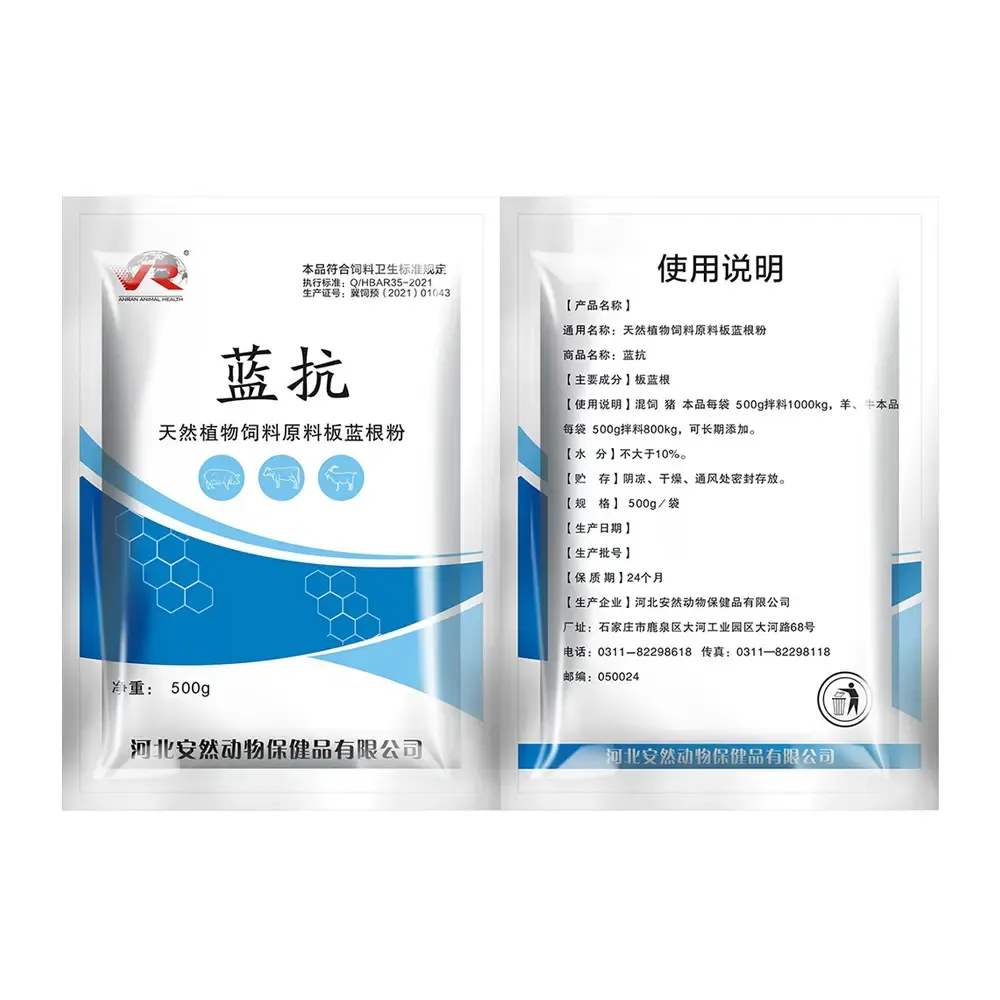- Afrikaans
- Albanian
- Amharic
- Arabic
- Armenian
- Azerbaijani
- Basque
- Belarusian
- Bengali
- Bosnian
- Bulgarian
- Catalan
- Cebuano
- Corsican
- Croatian
- Czech
- Danish
- Dutch
- English
- Esperanto
- Estonian
- Finnish
- French
- Frisian
- Galician
- Georgian
- German
- Greek
- Gujarati
- Haitian Creole
- hausa
- hawaiian
- Hebrew
- Hindi
- Miao
- Hungarian
- Icelandic
- igbo
- Indonesian
- irish
- Italian
- Japanese
- Javanese
- Kannada
- kazakh
- Khmer
- Rwandese
- Korean
- Kurdish
- Kyrgyz
- Lao
- Latin
- Latvian
- Lithuanian
- Luxembourgish
- Macedonian
- Malgashi
- Malay
- Malayalam
- Maltese
- Maori
- Marathi
- Mongolian
- Myanmar
- Nepali
- Norwegian
- Norwegian
- Occitan
- Pashto
- Persian
- Polish
- Portuguese
- Punjabi
- Romanian
- Russian
- Samoan
- Scottish Gaelic
- Serbian
- Sesotho
- Shona
- Sindhi
- Sinhala
- Slovak
- Slovenian
- Somali
- Spanish
- Sundanese
- Swahili
- Swedish
- Tagalog
- Tajik
- Tamil
- Tatar
- Telugu
- Thai
- Turkish
- Turkmen
- Ukrainian
- Urdu
- Uighur
- Uzbek
- Vietnamese
- Welsh
- Bantu
- Yiddish
- Yoruba
- Zulu
Dec . 05, 2024 01:23 Back to list
tilmicosin 20 premix
Tilmicosin Premix A Comprehensive Overview
Tilmicosin is an important antibiotic used primarily in veterinary medicine, particularly for the treatment of respiratory diseases in livestock. Specifically formulated as a premix, tilmicosin is designed to be mixed with animal feed, facilitating easy administration to large groups of animals, such as pigs and poultry. Understanding the importance, usage, and regulations surrounding tilmicosin premix is essential for both livestock producers and animal health professionals.
The Mechanism of Action
Tilmicosin functions as a macrolide antibiotic that inhibits bacterial protein synthesis. It works by binding to the 50S ribosomal subunit of susceptible bacteria, effectively preventing them from growing and multiplying. This property makes tilmicosin particularly effective against certain strains of pathogens that cause respiratory infections, including Mycoplasma and Pasteurella species. By controlling these infections, tilmicosin plays a crucial role in maintaining the health of livestock, ensuring not only their well-being but also the economic viability of farming operations.
Formulation and Administration
The premix form of tilmicosin is a significant advantage in livestock management. It can be easily incorporated into feed, ensuring that all animals in a particular group receive the appropriate dosage without the need for individual administration. This method not only saves time and labor but also minimizes stress on the animals, promoting a healthier environment. Dosage and administration guidelines are essential to follow to prevent antibiotic resistance and ensure efficacy.
Safety and Efficacy
tilmicosin 20 premix

Tilmicosin is generally considered safe when used according to veterinary guidelines. However, it is essential to observe withdrawal times before the livestock are sent for slaughter to ensure that residues do not remain in the animal's system, which could pose health risks to consumers. Furthermore, monitoring for potential side effects in livestock, such as gastrointestinal disturbances or allergic reactions, is crucial for responsible usage.
Regulatory Considerations
The use of tilmicosin, like many antibiotics, is subject to rigorous regulatory oversight to mitigate the risks of antibiotic resistance and ensure food safety. In many countries, tilmicosin must be prescribed by licensed veterinarians, and its usage in food-producing animals is governed by specific regulations. This is an essential safeguard to protect both animal health and public health, ensuring that antibiotics remain effective tools in combating bacterial infections.
Environmental Impact
The environmental implications of using antibiotics in animal agriculture are increasingly scrutinized. Excessive and inappropriate use of antibiotics can lead to the development of resistant bacteria that can affect both animal and human health. Therefore, it is crucial to adopt prudent management practices when using tilmicosin premix. This includes strict adherence to veterinary advice, appropriate dosage, and mindful record-keeping to track antibiotic usage.
Conclusion
In conclusion, tilmicosin premix is a valuable tool in animal health management, particularly for respiratory infections in livestock. Its effective formulation for easy administration makes it an essential component of veterinary medicine. However, its use must be balanced with responsible management practices to mitigate the risks associated with antibiotic resistance. By adhering to regulatory guidelines and promoting prudent usage, we can leverage the benefits of tilmicosin while safeguarding the health of our livestock and the consumers who rely on them.
-
Guide to Oxytetracycline Injection
NewsMar.27,2025
-
Guide to Colistin Sulphate
NewsMar.27,2025
-
Gentamicin Sulfate: Uses, Price, And Key Information
NewsMar.27,2025
-
Enrofloxacin Injection: Uses, Price, And Supplier Information
NewsMar.27,2025
-
Dexamethasone Sodium Phosphate Injection: Uses, Price, And Key Information
NewsMar.27,2025
-
Albendazole Tablet: Uses, Dosage, Cost, And Key Information
NewsMar.27,2025













